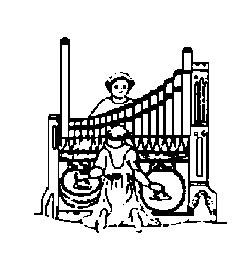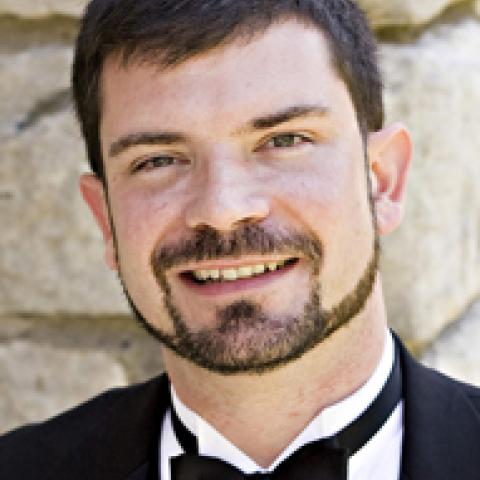
Following the earthquake on February 22 in Christchurch, New Zealand, Christchurch police confirmed recovery of the bodies of South Island Organ Company foreman Neil Stocker, factory hand Scott Lucy and Christchurch volunteer helper Paul Dunlop, missing in the rubble of Durham St. Methodist Church, which collapsed in the quake. All other staff are safe.
Stocker, who had been with the company for 42 years, Lucy, and Dunlop were part of a team of eight dismantling an organ at the Durham St. Methodist Mission Church when the 6.3 magnitude earthquake struck at lunchtime. The Christchurch landmark was badly damaged in last year's September 4 quake and a subsequent aftershock. South Island Organ Company Director John Hargraves said two team members were not in the building and another managed to escape unaided. The three searched the rubble and freed two other team members who were trapped, but were unable to locate Stocker, Lucy or Dunlop before police cordoned off the site. Search teams, first with sniffer dogs and later heavy equipment, worked through the night searching the debris.
The organ in the church was being removed to be stored in Timaru while a decision on the church's future was being made. Hargraves said the job was not rushed into, and they had waited for the building to be thoroughly checked and given clearance before the removal started.
For more information: organz.org.nz/news/103-christchurch-quake-claims-lives-of-organ-builders



